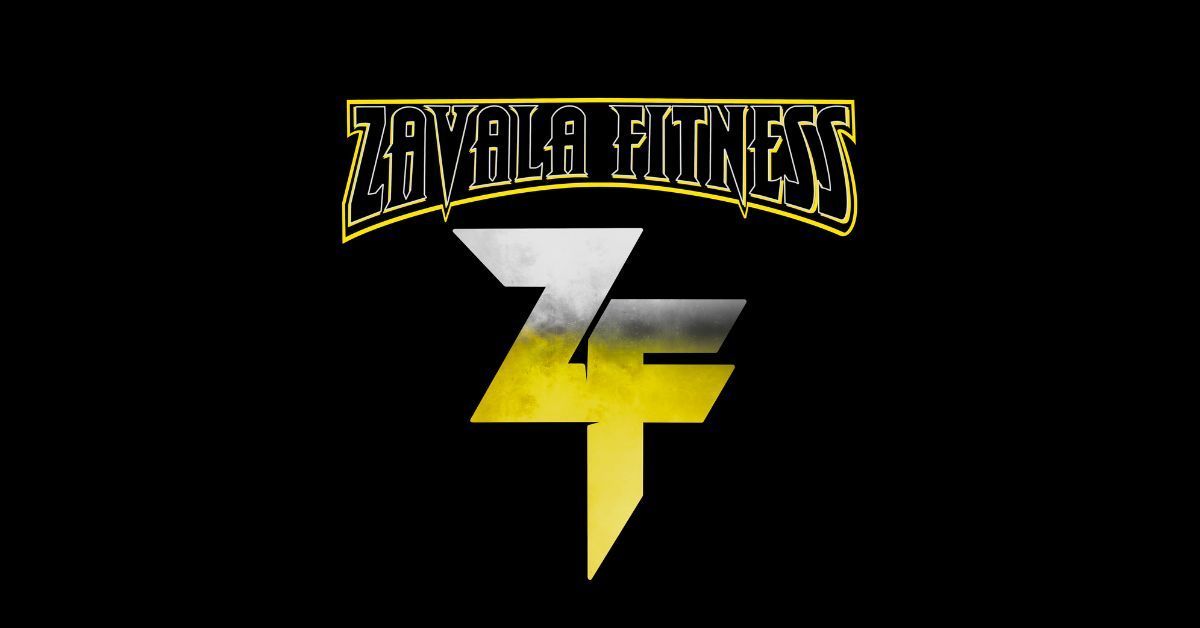Comparing Functional and Traditional Strength Training
Strength training is a pillar in any fitness routine. Whether you're aiming to build muscle, enhance athletic performance, or improve daily functionality, incorporating strength exercises into your regimen is essential.
Understanding the different approaches to strength training can be the key to unlocking new levels of performance and achievement for people throughout their fitness journeys. We’ll provide a guide comparing functional training and traditional strength training, highlighting the benefits and potential drawbacks of each.
What Is Functional Strength Training?
Functional strength training is a dynamic approach that focuses on exercises emulating everyday movements. It emphasizes multi-joint, multi-muscle exercises that improve overall strength and functionality. Originating from rehabilitation techniques, functional training has evolved into a mainstream fitness method valued for its practical benefits and holistic approach to fitness.
The Benefits of Functional Strength Training
Functional strength training boasts numerous benefits, making it a popular choice among fitness enthusiasts. Let's explore these advantages in detail.
Improved Everyday Functionality
One of the most significant benefits of functional strength training is its focus on movements that reflect everyday activities. Think about lifting groceries, pushing a heavy door open, or pulling a suitcase. Functional exercises like squats, lunges, and pushes replicate these actions, enhancing your ability to perform daily tasks more efficiently. This training method ensures you are better equipped to handle life's physical demands with ease.
Increased Muscle Strength and Endurance
Functional strength training engages multiple muscle groups simultaneously, building strength and endurance. This comprehensive approach means you won't just be stronger; you'll be able to maintain that strength over longer periods. Whether you're playing sports or tackling a long hike, functional training prepares your muscles for sustained exertion.
Enhanced Core Stability
Many functional strength exercises target the core, which is crucial for overall stability and balance. A strong core supports your spine, improves posture, and reduces the risk of injuries in daily activities and other forms of exercise. Exercises like planks and rotational movements ensure that your core muscles are engaged, leading to better stability and reduced injury risk.
Better Flexibility and Range of Motion
Incorporating dynamic movements into your training routine can significantly enhance your flexibility and range of motion. Functional strength training encourages movements through various planes of motion, promoting greater mobility and agility. This results in stronger muscles and more flexible joints, contributing to improved overall mobility and reducing the risk of injury.
The Potential Drawbacks of Functional Strength Training
While functional strength training offers many advantages, it's essential to consider potential drawbacks. This training method may not provide the same level of muscle hypertrophy as traditional strength training.
The complexity of some functional exercises can increase the risk of improper form and potential injury if not performed correctly. Therefore, it's crucial to approach functional strength training with proper guidance and attention to safe technique.
What Is Traditional Strength Training?
Traditional strength training isolates specific muscle groups to build muscle mass and strength. This method often involves weightlifting exercises like bench presses, deadlifts, and bicep curls. Rooted in bodybuilding and powerlifting, traditional strength training has been a staple in fitness routines for decades and is known for its effectiveness in developing muscle size and strength.
The Benefits of Traditional Strength Training
Traditional strength training offers numerous benefits that appeal to fitness enthusiasts. Let's take a closer look at some of these advantages.
Increased Muscle Mass and Strength
Traditional strength training is renowned for its ability to develop lean muscle mass and boost overall strength. Because it focuses on individual muscle groups, this training method allows for targeted muscle growth, enhancing both aesthetic appearance and functional capabilities. Whether you’re lifting heavy weights or performing bodyweight exercises, traditional strength training helps you build the muscle needed for various physical activities.
Improved Metabolic Rate
Regular strength training elevates the body's resting metabolic rate, promoting more significant calorie burn even at rest. This efficient calorie-burning process aids in weight management, making it easier to maintain or achieve your desired physique. Incorporating strength training into your routine ensures that your body continues to burn calories long after your workout is over.
Enhanced Bone Density
Strength training puts stress on the bones, stimulating bone growth and increasing bone density. This is particularly important for reducing the risk of osteoporosis and fractures as one ages. By incorporating exercises like squats and deadlifts, you can strengthen your bones and improve overall skeletal health, ensuring a more resilient body.
Better Joint Flexibility and Stability
Traditional strength training exercises target multiple muscle groups, improving joint flexibility and stability. This comprehensive approach reduces injury prevalence and enhances movement patterns, making everyday activities more manageable. By strengthening the muscles around your joints, you can enjoy improved joint health and a reduced risk of injury.

The Potential Drawbacks of Traditional Strength Training
While traditional strength training offers numerous benefits, it's essential to consider potential drawbacks. If certain muscle groups are overemphasized, this training method can sometimes lead to muscle imbalances.
Additionally, the repetitive nature of some exercises may increase the risk of overuse injuries. To mitigate these risks, it's essential to maintain a balanced workout routine and incorporate proper recovery strategies.
Comparing Functional vs. Traditional Strength Training
You should consider several factors when choosing between functional and traditional strength training. Both training methods offer unique benefits, and the best approach depends on your individual goals and preferences.
Functional strength training excels in enhancing overall functionality, core stability, and flexibility. It's ideal for those looking to improve their ability to perform everyday tasks and engage in dynamic, full-body movements.
On the other hand, traditional strength training is unparalleled in building muscle mass, increasing strength, and improving metabolic rate. It's perfect for individuals aiming to develop a strong, muscular physique and boost calorie burn.
Ultimately, a well-rounded fitness routine may incorporate elements of both functional and traditional strength training. Combining these approaches allows you to enjoy the best of both worlds, achieving a balanced and comprehensive fitness regimen.

Experience Functional Strength Training With Zavala Fitness
Comparing functional and traditional strength training can help you decide which training method best suits your goals and preferences. The most effective workout routine is one that you enjoy and can sustain over the long term.
If you're ready to take your fitness journey to the next level, contact Zavala Fitness today. Our professional trainers can guide you through personalized functional strength training programs tailored to your needs. Contact us today to learn more and start positively transforming your fitness routine!
All Rights Reserved | Zavala Fitness




